今天学了MVVM模式,这里贴一下具体步骤。
MVVM其实就是:Model 、view、viewmodel三个的简称,就像MVC一样。
model就是模型。view就是视图。viewmodel就是和view进行绑定的。
首先建立一个MainWindow。
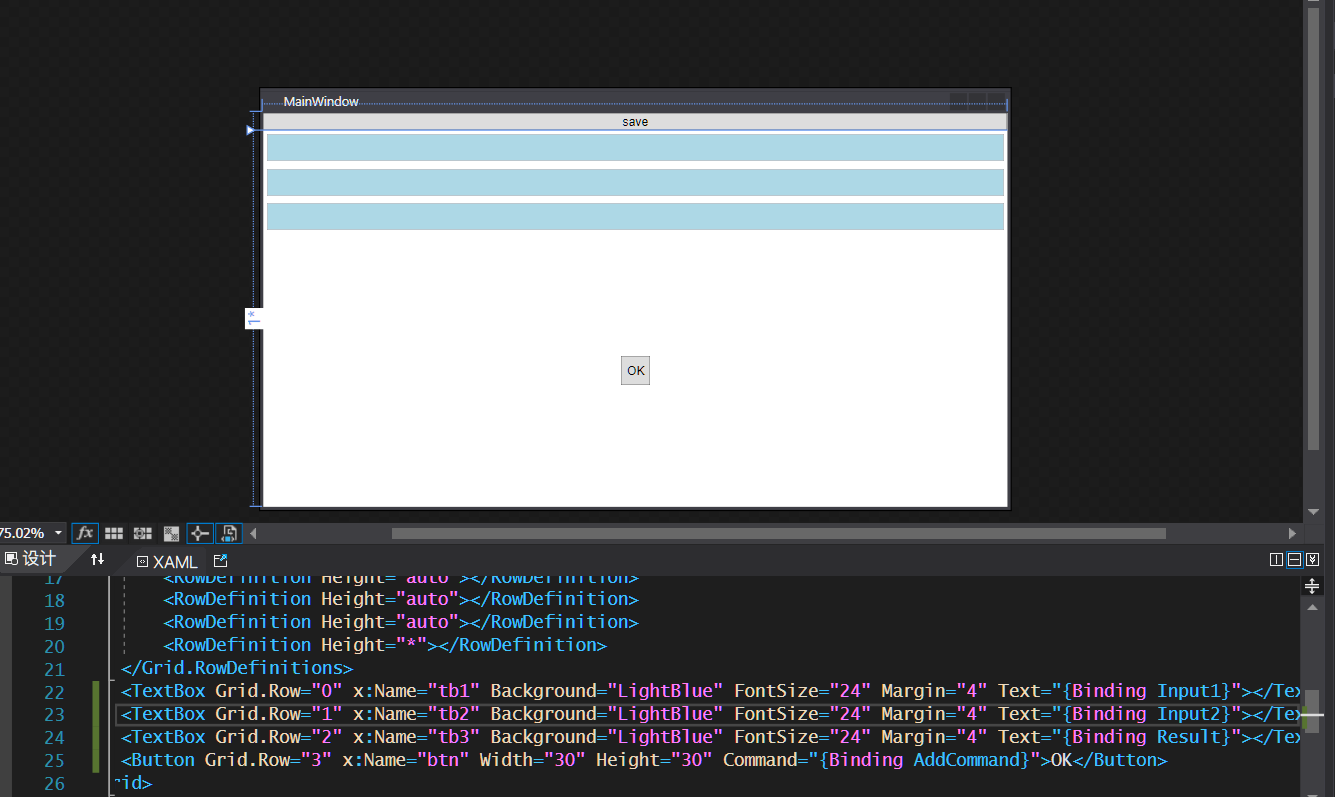
然后建立相应的文件夹:一个ViewModels,一个views,一个Models。在viewmodels里面有一个基础的通知类:NotifycationObject,这个类继承自INotifyPropertyChanged,然后实现它就可以了。这个类是通知的基础类,当事件执行时,会将相应的值显示在绑定的控件上。
/// <summary> /// 通知基类。如果RaisePropertyChanged被调用,databinding就会调用PropertyChanged事件,将propertyName的值显示在界面 /// </summary> class NotifycationObject : INotifyPropertyChanged { public event PropertyChangedEventHandler PropertyChanged; public void RaisePropertyChanged(string propertyName) { if (PropertyChanged!=null) { PropertyChanged.Invoke(this,new PropertyChangedEventArgs(propertyName)); } } }
然后我们需要建立一个Commands文件夹,里面有一个基础的委托命令类:DelegateCommand。
class DelegateCommand : ICommand { public event EventHandler CanExecuteChanged; public bool CanExecute(object parameter) { if (CanExecuteFunc == null) { return true; } return this.CanExecuteFunc(parameter); } public void Execute(object parameter) { if (ExecuteAction == null) { return; } this.ExecuteAction(parameter); } public Action<object> ExecuteAction { get; set; } public Func<object, bool> CanExecuteFunc { get; set; } }
然后我们需要在ViewModel里面建一个与Window相应的ViewModel类。此类时需要绑定界面的控件的。viewmodel需要继承
NotifycationObject
class MainWindowViewModel : NotifycationObject { private double input1; public double Input1 { get { return input1; } set { input1 = value; this.RaisePropertyChanged("Input1"); } } private double input2; public double Input2 { get { return input2; } set { input2 = value; this.RaisePropertyChanged("Input2"); } } private double result; public double Result { get { return result; } set { result = value; this.RaisePropertyChanged("Result"); } } public DelegateCommand AddCommand { get; set; } /// <summary> /// 当result被赋值之后,会调用属性的set器。然后会调用RaisePropertyChanged的事件,而调用此事件之后,会将result显示在界面上 /// </summary> /// <param name="obj"></param> private void Add(object obj) { this.Result = input1 + input2; } public MainWindowViewModel() { this.AddCommand = new DelegateCommand(); this.AddCommand.ExecuteAction = new Action<object>(Add); } }
其中:Input1、Input2、Result等3属性是需要绑定在界面的三个textbox上的。而AddCommand是需要绑定在按钮上的。AddCommand是需要传递给基础委托命令类DelegateCommand的ExecuteAction的委托的,以此来绑定方法。
接下来就是绑定属性到控件上了。

如图所示。
最后就是将当前window的datacontext绑定viewmodel了,不然会找不到绑定的命令或者属性。
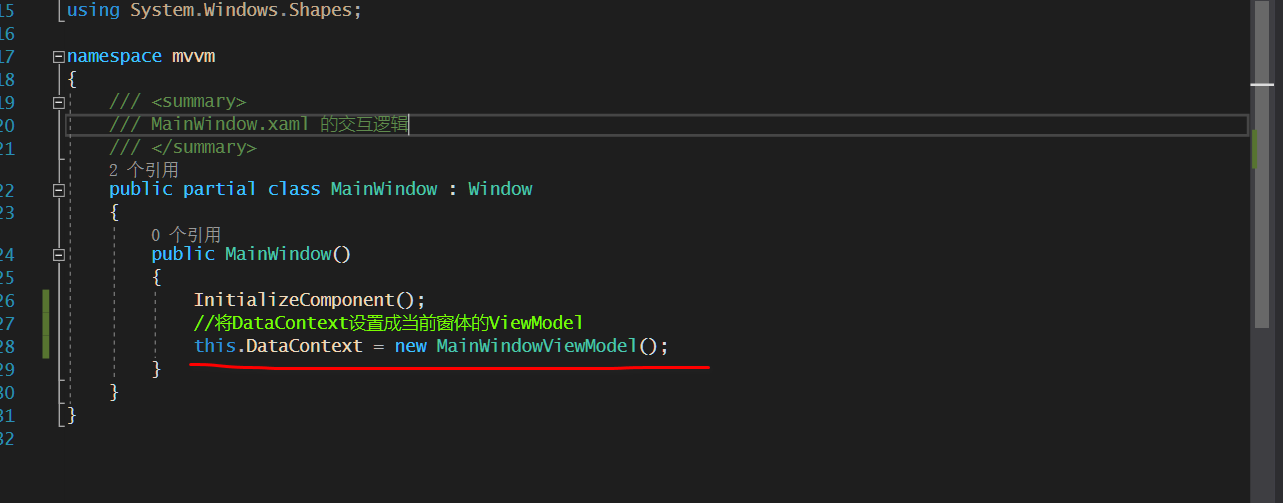
好了,一个简单的MVVM就完成了。
看看运行的结果
这是初始运行界面:只有默认值
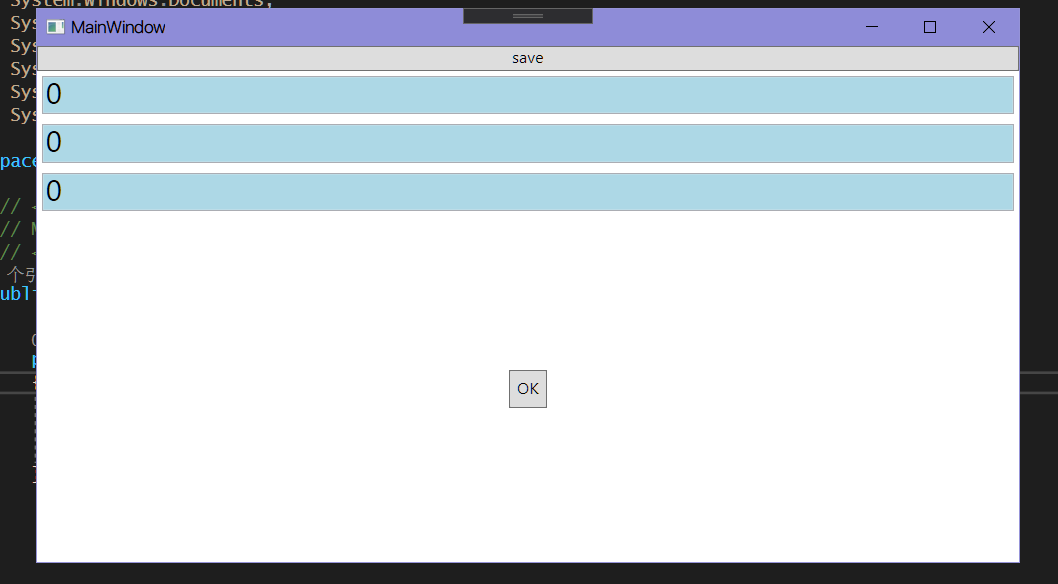
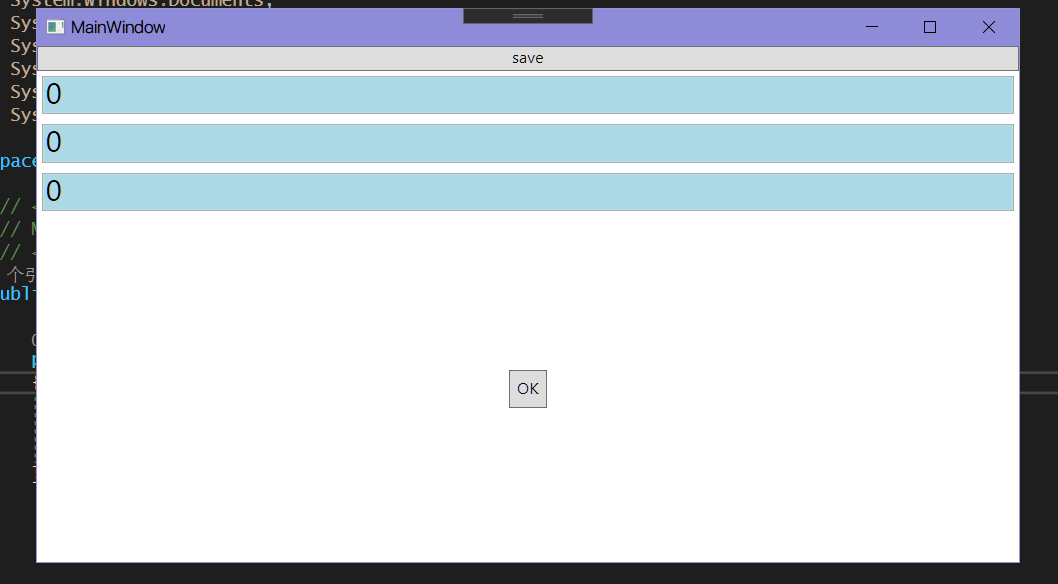
点击OK后:
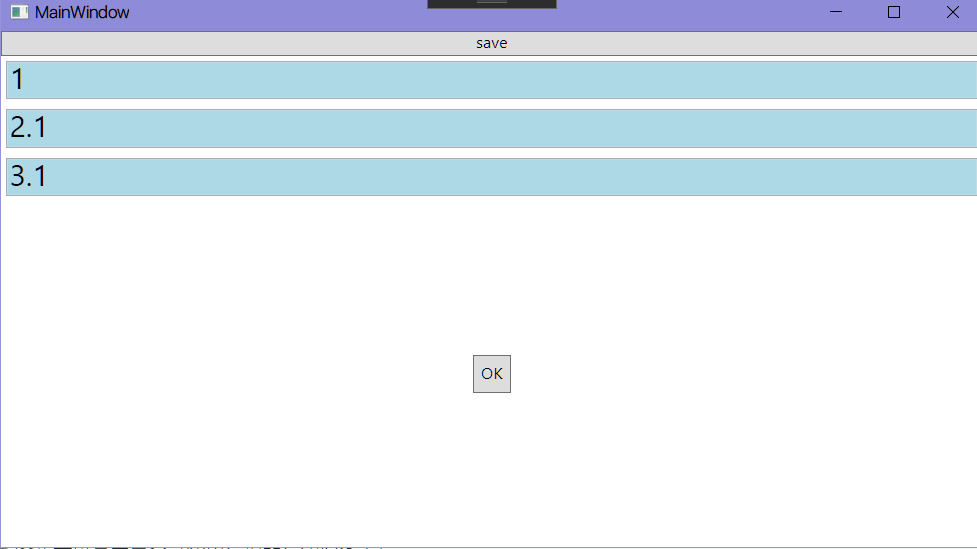
。注意:我们这里是没有给按钮添加事件的,只给它了绑定的命令。这样的好处就是当界面变化,我们可以改动最少的代码。比如如果客户让你将textbox改成silder,你也不用再去添加事件啥的了,只需要改下绑定的属性即可